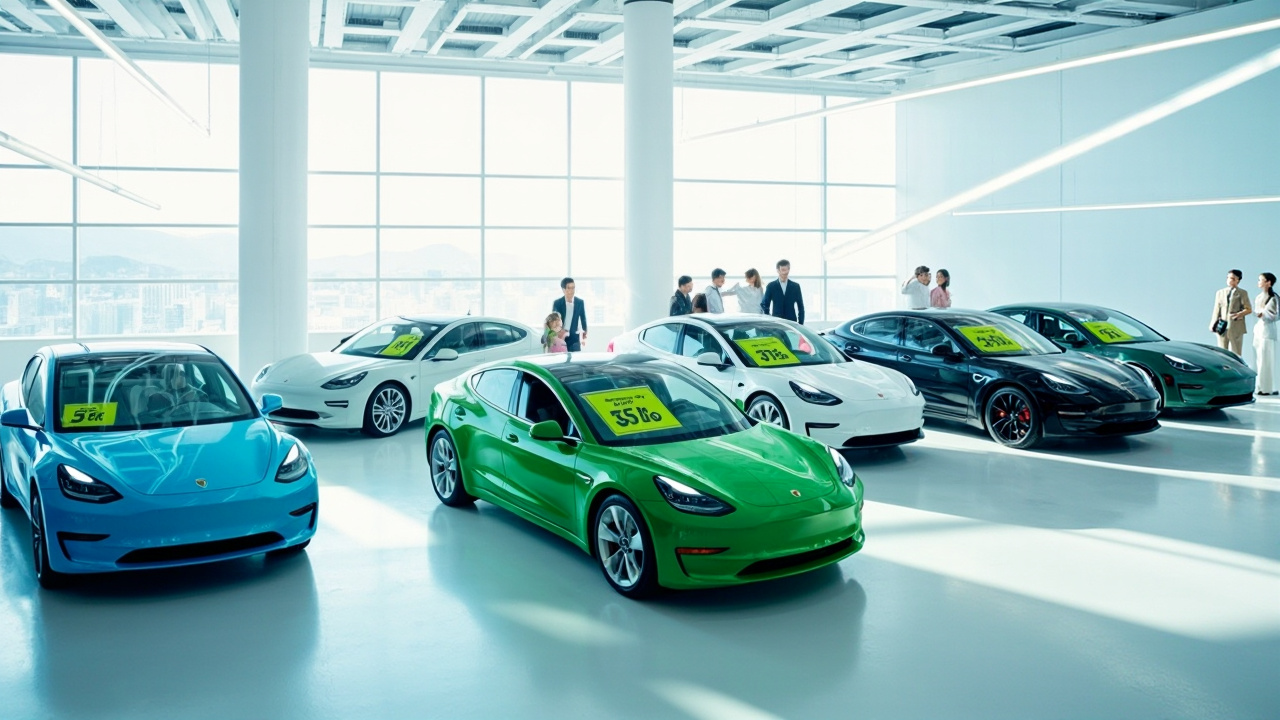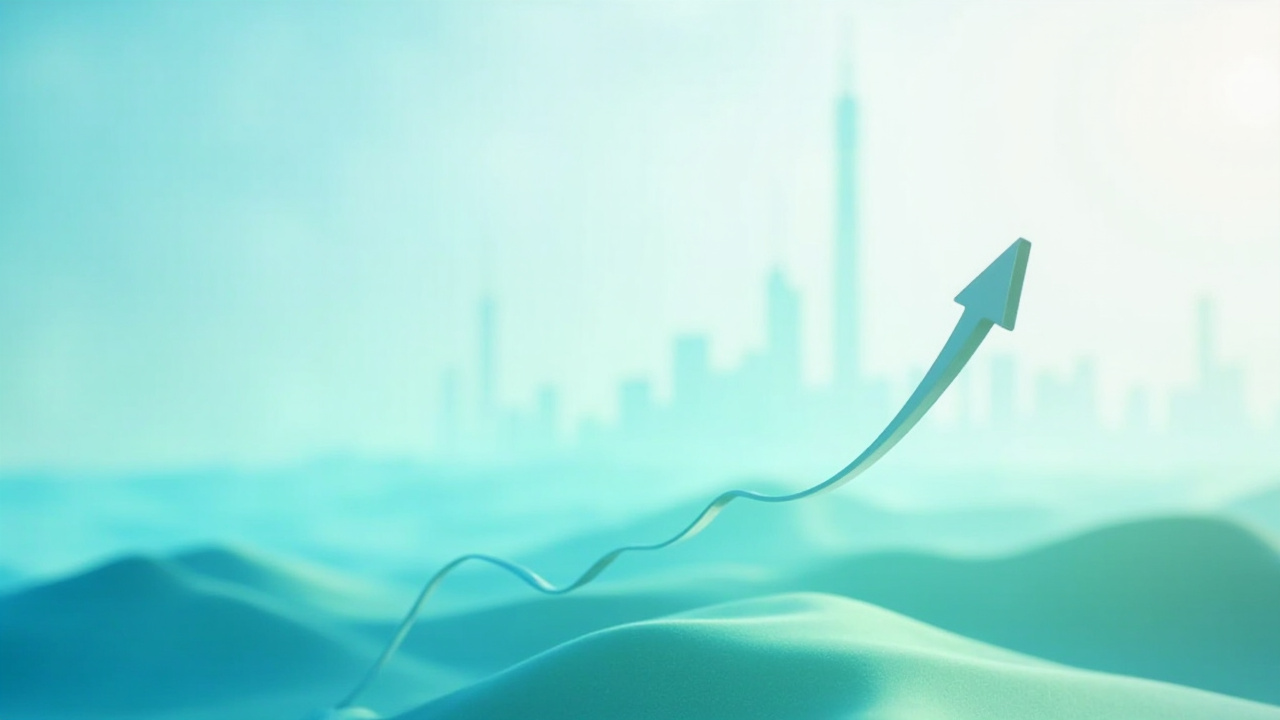Is Gap's Revived Identity Sustainable Amid Economic Challenges?

The recent resurgence of the Gap brand, as evidenced by a 5% increase in same-store sales during the fiscal first quarter of 2025, marks a noteworthy turnaround in the retail sector. This revival is particularly significant when juxtaposed with its tumultuous history of dwindling market presence and declining sales over the past two decades. The overarching challenge lies not only in sustaining this growth trajectory but also in navigating the broader fiscal environment, particularly against the backdrop of the U.S. budget deficit, which has notably increased by 14% year-over-year, reaching $316 billion in May.
Gap's resurgence can indeed be attributed to new leadership—CEO Richard Dickson and creative director Zac Posen—who have endeavored to redefine the brand's market positioning. By leveraging celebrity endorsements and focusing on the high-margin Old Navy line, Gap has shifted its marketing approach to something akin to a cultural revival. However, the question remains: can this be a sustained transformation, or is it merely a temporary uptick? Dicson's strategy shows promise as the brand presently enjoys the highest gross margins in two decades, a critical indicator of health when revenue growth is achieved alongside profitability. To put this into context, Gap's previous attempts at revival floundered due to overextension and price promotions that eroded brand value.
Yet, amidst this operational revitalization, significant risks loom large. The uncertainty surrounding U.S. tariff policies—potentially costing the company $100 million to $150 million—poses a serious threat to profit margins and may overshadow gains achieved. Furthermore, the lackluster performance of Banana Republic and Athleta, which together contribute over 20% to overall sales, indicates a divergence in brand strength within the portfolio. Investors should remain vigilant; the pressure on margins from both tariffs and the competitive retail environment could undermine the progress made in higher margins from Old Navy. Historically, brands that find themselves in similar positions—revamping their strategies amid broader economic uncertainties—often face hurdles due to external macroeconomic factors, as seen during the dot-com bubble and the aftermath of the 2008 financial crisis.
In conclusion, while Gap's recent performance offers a glimmer of hope and potentially exciting opportunities for investors, the company must tread carefully. Balancing cost management while rekindling brand loyalty will be pivotal for its long-term sustainability. It’s crucial for stakeholders to consider not only the immediate impacts of fiscal health and sales growth but also the broader institutional and economic sentiments that will influence consumer behaviors and regulatory landscapes. Going forward, the resilience of Gap's turnaround may depend as much on external economic conditions as on internal strategic execution. Will this renaissance mark the beginning of a new chapter for Gap, or are we witnessing a fleeting revival in an unpredictable market?
Read These Next

China's EV Price War: Prelude to Financial Crisis or Competitive Reset?
This news commentary discusses the implications of a price war in China's electric vehicle sector, led by BYD, highlighting potential economic risks and opportunities while considering the perspectives of various stakeholders.

Retail Sales Surge Signals Economic Resilience
China's retail sales have surged, the fastest since late 2023, aided by policy incentives and consumer confidence.

Strategic Shifts and Financial Trends in the Aquaculture Industry
This article analyzes a company in the aquaculture industry, focusing on its shift towards international markets, financial trends, significant events, and associated risks.
